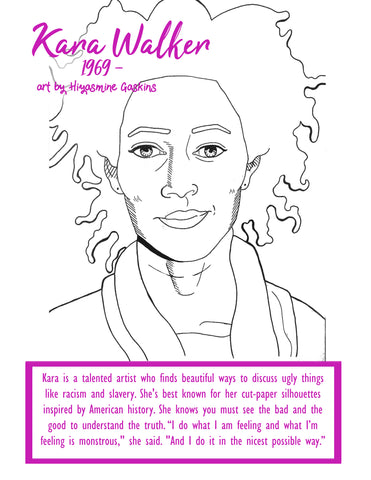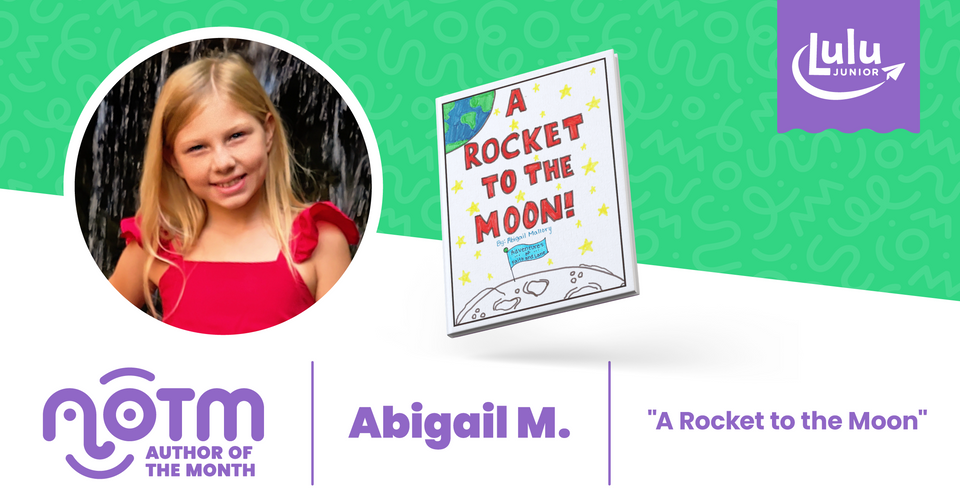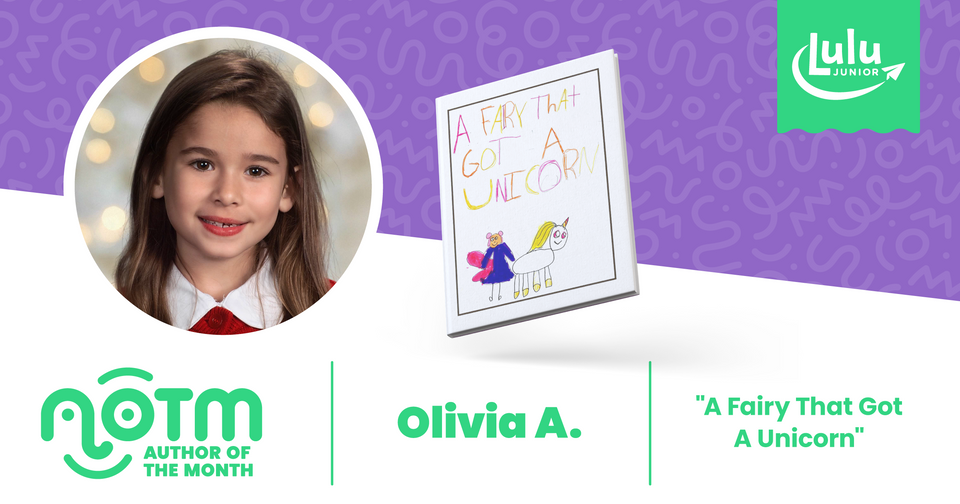
At-Home Activities That Raise Awareness with Summer Dawn Reyes
My eighth birthday was unforgettable. On that day, Daddy took me to dinner, an arcade and finally, to Tinseltown USA, a movie theater in my hometown of Colorado Springs, to see Disney's latest film, Mulan.
As a young Asian girl, it was amazing to see an unabashedly Chinese story on the big screen. This Disney princess looked like me, talked like me—she was me! And to this day, every time I see her link together her weights, symbols of all the burdens meant to pull her down, and use them to bring herself to the top—doing what no one expected her to do and what no one else could do themselves—I cry.
WHY IS REPRESENTATION IMPORTANT?
While Disney's masterful storytelling, gorgeous animation and the smooth resonance of Donny Osmond's voice certainly contributed to the power of that moment, I realize today that the reason that scene makes me cry is because it was the first time I truly felt represented.
WHO ARE OUR KIDS' BOOKS ABOUT?
Representation in the media has gotten a lot better in the past few years for Asians and other people of color, but we've still got a long way to go. For example, children's books are still suffering from a lack of diversity.
Girls Who Colored Outside the Lines
Shop Now
In 2018, a study by the Cooperative Children's Book Center shows that 50% of all kids' books were about white characters—and this doesn't mean the other half were about children of color! A whopping 27% of books were about animals or non-human characters, and all other minorities combined comprised only 23% of all characters. Black and African-American characters were in 10% of books, Asians in 7%, Latinx in 5% and Native Americans in 1%. All of these stats fall short of U.S. demographics, especially the Latinx community, which makes up 18.3% of our population.
SOLVING THE REPRESENTATION PROBLEM
So how can we increase representation in children's media and give kids role models who look like them? How can we also help them see other groups represented and develop a better understanding of other cultures and empathy for people who are not like them?
One of the best solutions is to encourage people of color (POC) authorship. After all, who can speak to one group's experiences more than someone in that group? Another is to simply seek out books by and about people of color—regardless of your own ethnicity!—which will support authors and artists looking to make a positive difference in our kids' lives.
In 2018, my experience as a young girl of color inspired me to create a coloring book called "Girls Who Colored Outside the Lines," featuring 12 portraits of outstanding she-roes of color like Maya Angelou, Malala Yousafzai and Rita Moreno—all contemporary figures who can inspire girls today. It was created by five artists of color who all chose their own personal heroes for the gorgeous book, and also includes short bios, quotes and more.

Since creating the book, I've had the privilege of seeing children's faces light up as they color in each of the drawings and learn about each amazing woman. During the COVID-19 quarantine, I've also had adults snatch up the book for their comfort and inspiration, as well as for entertaining their kids. The book and our website InFullColor.org both have fun activities that help children engage with the book and discover the power of their own imagination and authorship.
HELPING YOUR KIDS TELL THEIR STORIES
As an author and teaching artist, I've put together a fun and simple mad-lib activity you can do at home with your kids to help them harness the power of their own story. This can be done by children of all backgrounds with their families.
DIY Mad-libs At Home
Guided Questions
Ask your child the following questions. You can gently coach them to help shape their answers, but try to let them be in charge of the creative process—give them a chance to use their imagination!
- If you lived in a castle, who would you be?
- What kind of toys would you have in your castle?
- What kind of games would you have in your castle?
- If you had a big bowl, what could you eat out of it?
- If you had a superpower, what would it be?
- What is the scariest monster you can think of?
- Who is your best friend?
- What is the ickiest food you can think of?
- What's your favorite food?
- What is your favorite dance or dance move? (Your child may not choose something with a name; ask them to demonstrate and find a way to describe it or perform the dance move when the time comes to one of your child's favorite songs!)
Creating The Mad-lib
Now, copy the text below and replace the blanks with your child's answers. Then, read the story with your child -- you can read it to them or with them, and even act it out! Feel free to modify the text to fit your child's interests or answers. This can be a fun opportunity for you to flex your creative muscles, too!
MAD-LIB TEXT
Once upon a time, there was a (ANSWER #1) named (CHILD'S NAME). They lived in a big castle with (ANSWER #2) and (ANSWER #3), surrounded by a big moat of (ANSWER #4). This (ANSWER #1) was unlike any other (ANSWER #1), as they had a mysterious superpower. They could (ANSWER #5)!
One day, a great and terrible (ANSWER #6) came and threatened the land! (CHILD'S NAME) knew they had to do something about it so they got their best friend (ANSWER #7). Together, they went to go confront the great and terrible (ANSWER #6), which was eating (ANSWER #8).
The great and terrible (ANSWER #6) said, "Go away! I am destroying the land!" But (CHILD'S NAME) said, "No, I won't go away! I am here to protect my friends and family!" And they used their superpower, (ANSWER #5), to scare away the monster! (Tip: Modify this portion of the story to reflect their superpower and its abilities).
When the (ANSWER #6) went away, the entire kingdom cheered. They lifted (CHILD'S NAME) up and said, "Hip, hip hooray! Hip, hip, hooray!" And they had a big party in the kingdom where they ate (ANSWER #9) and danced (ANSWER #10) all day!
Printable MadLib
Download the MadLib questions and story to print at home!
Download
MORE FUN
After you create and enjoy the mad-lib together, you can try it again with different answers or have someone else complete the mad-lib. Ask your child what was similar or the same between the two stories? What was different?
Ask your child to draw themselves as their fairy tale mad-lib character, or to draw their favorite scene from the story. What does their friend look like in this world? What does the monster look like?
Interactive Ideas
Lastly, you can also have your child dress up as their character and act out scenes from the story. Perhaps you can even dress up as the monster! The sky's the limit.
At the end of the day, this activity is about activating and empowering your child's imagination and their ability to tell their story. By incorporating details of their everyday lives, you elevate their experiences and recognize their power.
For children of color especially, this can be very important in helping them develop self-esteem and envisioning themselves doing great things--the kind of goals seeing more representation in the media can help us accomplish.

For more information and fun activity ideas, visit INFULLCOLOR.ORG.





